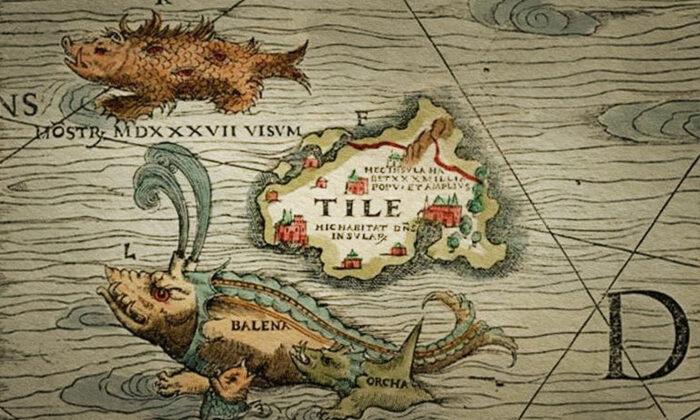The Aztec calendar wheels have been a source of fascination for centuries. It was not just a way to keep time - it was a complete philosophy of time in which every day had a religious significance. They also believed that time went in cycles - ultimately in the repeated destruction and recreation of the world. The universe was viewed as a very delicate equilibrium in constant danger of being disrupted by shifting powers of the gods and of the elemental forces in their lives.
The Aztecs weren’t the only people that thought this way. Many peoples around the world have thought of time as cyclic. The belief in reincarnation, for example, is a reflection of this, as is the idea of karma (“what goes around comes around”). The idea of cycles of time goes back at least 3,000 years, but was probably much older, and was common in Mesoamerica.
The Aztec calendar was a variation of earlier calendars, such as the well-known ancient Mayan calendar. It shared the basic structure of calendars from throughout ancient Mesoamerica. However, unlike the Mayan calendar, which is very precise, the Aztec system was less precise – a certain date could refer to a couple of different times in a year. For this reason, there is disagreement among scholars about when certain events occurred in the Aztec empire.
The calendar consisted of a 365-day calendar cycle called xiuhpohualli (year count) and a 260-day ritual cycle called tonalpohualli (day count). These two cycles together formed a 52-year calendar round. The xiuhpohualli is considered to be the agricultural calendar, since it is based on the sun, and the tonalpohualli is considered to be the sacred calendar.
The Tonalpohualli Calendar

The 260 day system was called the tonalpohualli. It was broken up into 20 periods of 13 days each, which was reflected in two interlocking wheels. It originated by ancient peoples observing that the sun crossed a certain zenith point near the Mayan city of Copan, every 260 days. The Aztecs weren’t concerned whether the years (or 260 days) coincided with the seasons, their years “wandered”.
The number 20 was based on the digits of a “whole man” (i.e. fingers and toes) and the thirteen numbers represented their philosophy of thirteen directions in space. The early Central Americans believed that this ritualistic calendar represented an archetypal state of human and cosmic harmony.
Each rotation through the thirteen numbers represents one “week” in this system. The first, sixth, eleventh, and sixteenth weeks were considered important because they created the four divisions of their year. Each of the twenty days was associated with tangible objects or animals and a deity. For example, the first day (‘Cipactili’) was represented by an alligator and was ruled by the god of feasts, while the second day (‘Ehecatl’) was represented by the wind and was ruled by the god of fire, life and spirit. This created a sort of permanent fortune-telling machine and guided their destinies. They used it to plan various activities, such as sowing crops, building houses, and going to war, based on what were considered to be ‘lucky’ and ‘unlucky’ days.
More importantly, the tonalpohualli divided the days and rituals between the gods. For the Aztecs, this was extremely important - without it the world would soon come to an end. According to Aztec cosmology, the universe is in a very delicate equilibrium in which opposing divine forces compete for power. To prevent one god becoming more powerful than another, the gods were given their own time, and their own day to rule over. To the Aztecs, it was very important that the power struggle could not be won by any god.
The Xiuhpohualli
The year count was called the xiuhpohualli. This was actually kept to the 365-day solar count that we’re more familiar with. Naturally, this was more related to the seasons, and so it was used as an agricultural calendar. It was divided into 18 periods of 20 days each. Since this totals to 360, it meant that there were 5 transition days between the old and the new year, a time which was used for festivals.
Every 52 years, the two major cycles (the tonalpohualli and the xiuhpohualli) would align with each other. This marked what was known as a mesoamerican “century” and was a reason for major religious celebration known as xiuhmolpilli ('binding up of the years’). This was a festival that lasted 12 days and included fasting as a symbol of penitence. At the beginning of this festival all the fires in the city were extinguished. Then on midnight of the 12th day of the festival, a prisoner was sacrificed by the priest when the star of fire reached the zenith in the night sky. The priest would then start a new fire that would once again light the city. The relighting of the fire reassured the people that the sun would continue to rise in the coming 52-year period. It was a time of renewal.
Republished with permission. Read the original at Ancient Origins.




